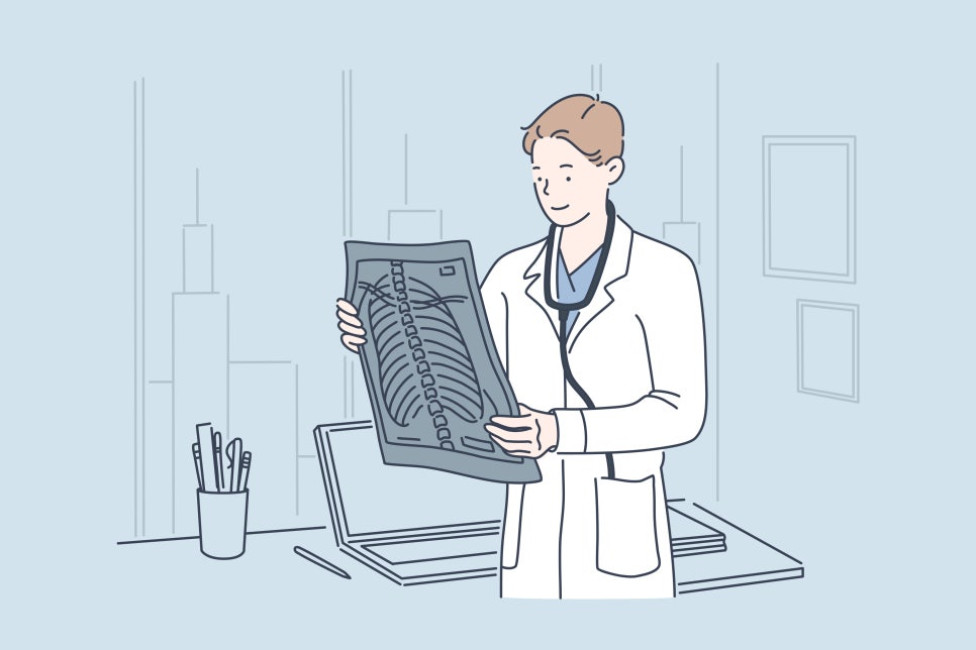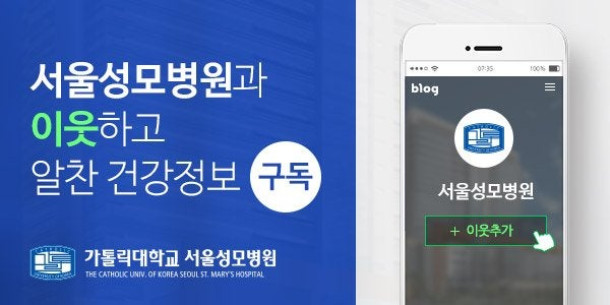Managing Spinal Stenosis: A Common Cause of Lower Back Pain

As we age, it's common to experience aches and pains in the back and legs. Many people, especially, suffer from lower back pain. While it's easy to assume it's just muscle soreness or a disc problem, spinal stenosis might be the underlying cause.
Spinal stenosis is a condition where the spinal canal, the passage through which spinal nerves travel, narrows and compresses the nerves. This can lead to pain, numbness, and difficulty walking, and it's particularly common in middle-aged and older adults (50s and beyond).
Conservative treatments like physical therapy, medication, and exercise therapy are often the first approach. However, if these don't provide relief or if the condition is severe, non-surgical options like interlaminar epidural injections or even surgical treatments might be considered. Because back pain can significantly impact daily life, proper treatment and management are crucial.
Today, we'll delve into spinal stenosis, a condition that affects the core of our body and causes back pain.
What is Spinal Stenosis?
Spinal stenosis is a relatively common spinal condition, and many people experience pain as a result. It occurs when the spinal canal narrows due to various factors, putting pressure on the nerves that pass through it. The spinal canal is a hollow, tunnel-like structure located in the center of the spine, serving as a pathway for nerves connecting the brain and body.
The spine extends from the cervical (neck) to the lumbar (lower back) region, but spinal stenosis typically refers to the lumbar region. Spinal stenosis is the second most common spinal disease after lumbar disc herniation (herniated disc).
Differences Between Herniated Disc and Spinal Stenosis
Lower back pain often leads people to suspect a herniated disc, but it's important to understand the difference between a disc issue and spinal stenosis.
While both conditions can cause lower back pain, leg numbness, and walking difficulties, the underlying mechanisms differ. A herniated disc involves the jelly-like disc material (nucleus pulposus) pressing on a nerve, whereas spinal stenosis involves the thickening or growth of hard tissues like bone or joints, which then compress the nerves.
With a herniated disc, pain is often exacerbated when bending forward. In contrast, spinal stenosis tends to cause more pain when leaning backward, with some relief when bending forward.
However, chronic herniated disc patients often develop spinal stenosis, highlighting the importance of accurate diagnosis early on.
Diagnosing Spinal Stenosis
Diagnosis typically begins with a medical history review, followed by a physical exam to assess nerve function, including sensation, muscle strength, and reflexes in the legs. Radiological tests are then performed.
X-rays can provide a basic assessment of spinal spacing and degenerative changes. However, more detailed imaging, such as computed tomography (CT) or magnetic resonance imaging (MRI), can visualize the narrowed nerve pathways and the degree of compression more accurately.
Spinal angiography, which involves injecting a contrast dye to assess the flow within the spinal canal, can be used, but it is an invasive procedure and carries the risk of adverse reactions to the contrast dye.
Treating Spinal Stenosis
Treatment for spinal stenosis typically starts with conservative approaches such as physical therapy, medication, and exercise therapy.
If conservative treatments fail to provide relief or if the pain worsens, non-surgical or surgical options may be considered.
Surgery doesn't necessarily need to be rushed unless neurological symptoms worsen significantly, such as sudden leg weakness or difficulty with bowel or bladder control.
Therefore, a non-surgical treatment such as interlaminar epidural injections can be attempted. This procedure involves inserting a catheter through the lateral aspect of the spine to treat inflammation around the nerve, decompress the area, and improve blood flow.
Preventing Spinal Degeneration
Since spinal stenosis is primarily caused by age-related spinal degeneration, proactive management is essential.
Avoid activities that put excessive strain on the spine, such as heavy lifting, as these can accelerate degenerative changes.
Lifestyle habits also play a role. Maintaining good posture reduces spinal stress, making it important to practice correct posture while working, studying, and in other daily activities.
Lack of exercise can weaken the muscles around the spine, increasing the risk of spinal strain. Therefore, regular exercise and maintaining a healthy weight can help prevent spinal conditions.










Source :https://blog.naver.com/icmcseoul/224041133689
No comments yet.
